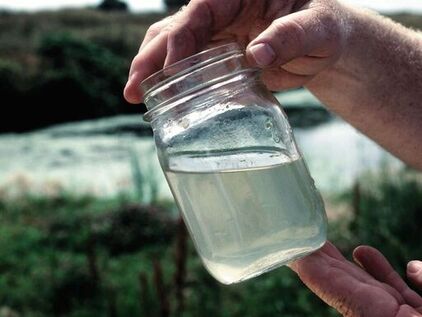 Water is important for us as individuals but it is also vital for the ecosystem to function. It supports the biochemistry of all life on the planet, and sustains growth as a foundational building block. Without fresh water, humans, wildlife and much of the environment simply could not exist. The easy access of tap water has made many of us feel as though we have an endless supply of clean water, but the harsh reality is that we don’t. A term frequently heard is ‘water conservation’...but how many of us truly understand what this means? Water conservation is the practice of using water efficiently to reduce unnecessary water usage. Due to Singapore's challenging history with fresh water, which you can read about here, our nation has placed a heavy emphasis on its conservation. Most local water conservation work is spearheaded by the Public Utilities Board (PUB), which helps to manage Singapore’s water supply through the innovation of new technology as well as the revision of public policy. However, there is only so much they can achieve without the nation’s population acting wisely to conserve this valuable and limited resource. In Singapore, we are very fortunate to have access to clean drinking water, however this results in many of us being unaware of how much water we use daily because of the privilege we have at our fingertips. In a recent poll by The Straits Times, 75% of Singaporeans had no idea what their water bill was. 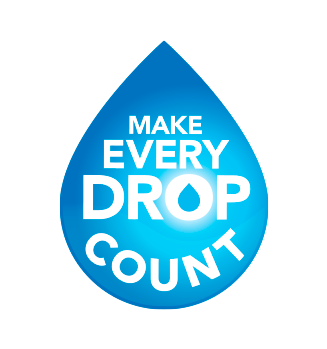 The team here at Wateroam did a little study to identify our personal water usages, and many of us were shocked to discover how much water is used by simple household tasks. Showering alone made up over 50% of our personal water use, with toilet flushing accounting for a whopping 11%. We did not track all of our activity, but we were pretty alarmed to see a simple hygiene task like brushing your teeth or washing your face uses over 12L of water each time the tap runs for 2 minutes. This highlights that many of us in Singapore and across the globe are unaware of the personal impact we have on water usage in our own countries. We encourage you to track your daily water usage and take PUB's water saver personality quiz. Are you a water warrior or a water woe? Find out here! Importance of Water Conservation in Singapore Citing a global study of 167 countries, Singapore topped the list of countries most likely to be “water-stressed” by 2040. Over the past few years, PUB has been rolling out many measures to help with the conservation of water, and some of these include the Water Conservation Awareness Programme and a 30% increase in water prices. PUB has also tried to inculcate a culture of water frugality through campaigns and roadshows to encourage Singaporeans to conserve water and discourage wastage in their everyday actions. Fresh water is a natural, finite resource that is scarce in the world. Only 3% of all water is freshwater and only 0.5% is available for drinking. As our populations continue to grow, it only makes sense that we need to preserve and conserve this precious natural resource. Now, for some easy to remember tips to save water at home PUB provides a set of tips for saving W-A-T-E-R at home, but here’s our take on it! When using the tap, do not leave it running
This is not an exhaustive list of water saving tips and you can always come up with different ways to save water on your own. PUB also has a free water saving kit to help you reduce as much as 5% of your monthly water consumption. Without a doubt, water security and water conservation efforts are likely to become an even greater focus for Singapore in years to come. But today, we can make a difference and make every drop count to ensure water is available for future generations. Sources: https://www.constellation.com/energy-101/water-conservation-tips0.htm https://www.straitstimes.com/opinion/drastic-action-needed-to-cut-water-use-here-world-water-day https://sciencing.com/role-water-ecosystem-5444202.html Blog Author: Joey Lim
Chief Editor: Michelle Falcone
4 Comments
On Sunday, March 22nd, the world will be celebrating World Water Day for the 28th year. This day is used to advocate the sustainable management of freshwater resources and the theme this year explores the intrinsic link between water and climate change. 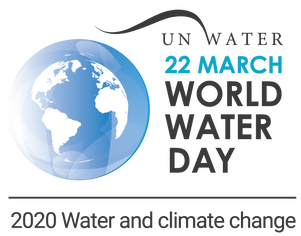 What exactly is climate change? Climate change refers to the drastic weather and climate related changes occurring on Earth as a result of the recent rise in global temperature. The planet’s climate has changed constantly over time, however the current period of warming has irrefutable links to human behavior and has transitioned more rapidly than any past periods. This significant increase is occurring too quickly for living beings to adapt, and the impacts have been detrimental to both humans and wildlife. According to the United Nations (UN), climate change is the defining issue of our time and a pivotal moment for us. Climate change is happening as we speak, visible daily where temperatures have risen here in Singapore and many other parts of the world. 2019 was the hottest year recorded in Singapore, and the second-warmest year globally. Antarctica has also recorded it’s hottest temperature ever, reaching 20.75° C (69.35° F) in February. This region of the world is one of the fastest-warming, with an average increase of 3° C (5.4° F) according to the World Meteorological Organization. The UN has advised that we should be limiting global warming to 1.5°C to 2°C, however we are way off track to meet the climate targets that have been set! The annual global temperature in 2019 was 1.1°C warmer than the average for 1850-1900, and an increase to 5°C could occur in this century if we do not make changes now! This is extremely important as global warming causes extreme weather events, which in turn cause catastrophic natural disasters across the planet. Global warming vs. Climate change Before we go into detail on how natural disasters are linked to climate change, a frequently asked question is “what is the difference between climate change and global warming?” While these two terms are often used interchangeably, many of us do not know the key differences between their definitions.
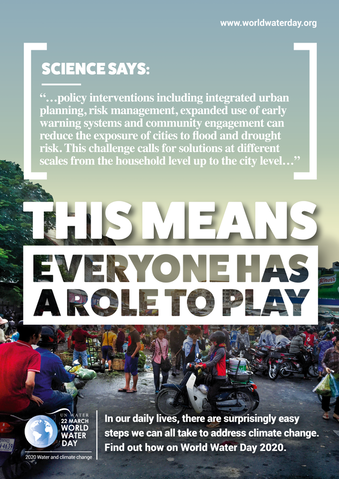 Natural disasters caused by climate change Now that we know the differences between the two terms, we can move on to a widely discussed issue of how exactly natural disasters are linked to climate change. Like its name suggests, natural disasters are bound to occur naturally, but climate change increases the intensity and/or frequency of these disastrous events. The number of climate-related disasters has tripled in the last 3 decades. A change in climate contributes to climate hazards and amplifies the risks that result from these extreme weather disasters. This means more violent cyclones, more extreme wild fires, and more severe droughts. Devastating floods have increased drastically, so we've written a blog on how to stay safe during a flood-related disaster. Click here to read more. Many of the catastrophic events that occurred last year were the result of weather pattern shifts, ultimately tied to climate change. Using climate models, scientists are now able to attribute specific disasters to climate change by analyzing simulations where variables related to the changing climate are removed. By comparing the results, scientists can identify which disasters are likely to have happened any way, and which may be a result of an affect like global warming. Aftermath of natural disasters The idiom, “after a storm comes a calm”, sadly does not fit in this narrative, as severe social and economic impacts arise from disasters. More often than not, the poorest and the most vulnerable are the most susceptible and the repercussions of such natural disasters can be detrimental. Sometimes communities haven't even recovered from one disaster before another one strikes. When such calamities happen, humans are on the receiving end. Basic necessities, like food, may be impossible to come by. Clean water becomes scarce; sanitation options become limited. With immediate action, these communities may be able to gain quick access to clean water for consumption, but even still, dirty or contaminated water may be used for all other activities, including hygiene, laundry, or even cooking. This can cause outbreaks of water-borne diseases, transmitted through a variety of ways. Although they may not be consuming the contaminated water directly, contact points like skin contact, bodily fluids and even fecal contact allow for the transmission of viruses and bacteria. This further emphasizes the importance of clean water in an emergency setting. We've written about viruses in water here and about clean water solutions during natural disasters here. What are we doing to combat climate change? Nations around the world have been pushing out plans and creating Acts to tackle this challenge. Put together by the parties of the United Nations Framework Convention on Climate Change (UNFCCC), the “Paris Agreement” was formed to combat climate change and to accelerate and intensify the actions and investments needed for a sustainable low-carbon future. Other countries like Indonesia, have committed to cut emissions by 29 percent from business-as-usual levels by 2030 under the National Action Plan on Climate Change Adaptation.
Government action alone will not be sufficient. Everyone has a role to play to promote sustainability and to mitigate climate change. We need to start worrying about climate change now and take action immediately! Although still nascent, we can already see the impacts global warming has caused to people around the world. Let us all do our part in fighting climate change to reduce the long-term consequences, ensuring that in the upcoming decades, the generations ahead are able to have a livable Planet Earth. Have you read our recent blogs? Sources: https://www.unwater.org/water-facts/water-sanitation-and-hygiene/ https://www.unwater.org/water-facts/disasters/ https://www.straitstimes.com/singapore/singapore-budget-2020-new-coastal-and-flood-protection-fund-to-protect-singapore-against https://climate.nasa.gov/resources/global-warming-vs-climate-change/ https://www.usgs.gov/faqs/what-difference-between-global-warming-and-climate-change-1?qt-news_science_products=4#qt-news_science_products https://www.climate.gov/news-features/climate-qa/whats-difference-between-global-warming-and-climate-change Blog Author: Joey Lim
Chief Editor: Michelle Falcone |
Want more?Click below to see what other blog topics might peak your interest



Social Awareness Blog Archives
August 2022
|
- About Us
- Products
- Solutions
- Resources
- Get Involved
-
Blog
- The Global Water Situation
-
Facts about Water
>
- Water supplies for crisis
- WaSH During Emergencies
- Well Water Cleaning and Filtration Guide: Southeast Asia
- Gravity-fed Water Systems: Water Purification and Filtration setups in Southeast Asia
- A Guide to Rural Rainwater Harvesting and Filtering
- Water Shortages and Their Effect on Children in Rural Schools
- WaSH Planning and Design Framework Resources for Indonesia and the Philippines
- Rural Community Water Supply: Water Systems in Villages
- Info on our Products
- Impact Stories
- Upcoming & Past Events
- Contact
- Store
- About Us
- Products
- Solutions
- Resources
- Get Involved
-
Blog
- The Global Water Situation
-
Facts about Water
>
- Water supplies for crisis
- WaSH During Emergencies
- Well Water Cleaning and Filtration Guide: Southeast Asia
- Gravity-fed Water Systems: Water Purification and Filtration setups in Southeast Asia
- A Guide to Rural Rainwater Harvesting and Filtering
- Water Shortages and Their Effect on Children in Rural Schools
- WaSH Planning and Design Framework Resources for Indonesia and the Philippines
- Rural Community Water Supply: Water Systems in Villages
- Info on our Products
- Impact Stories
- Upcoming & Past Events
- Contact
- Store

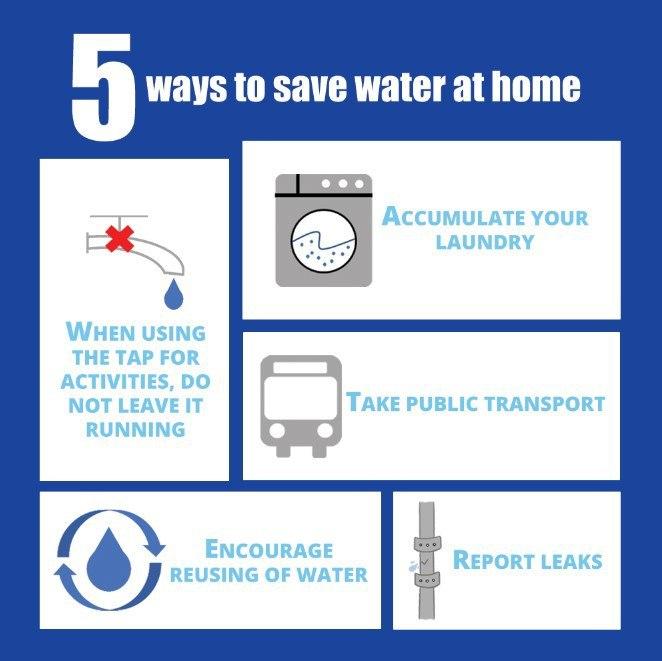
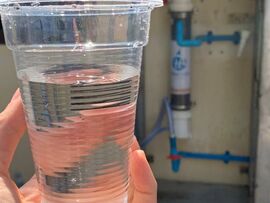
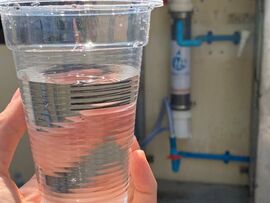
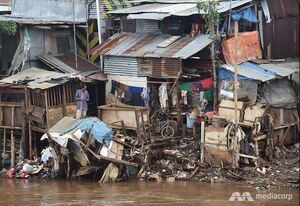
.jpg)